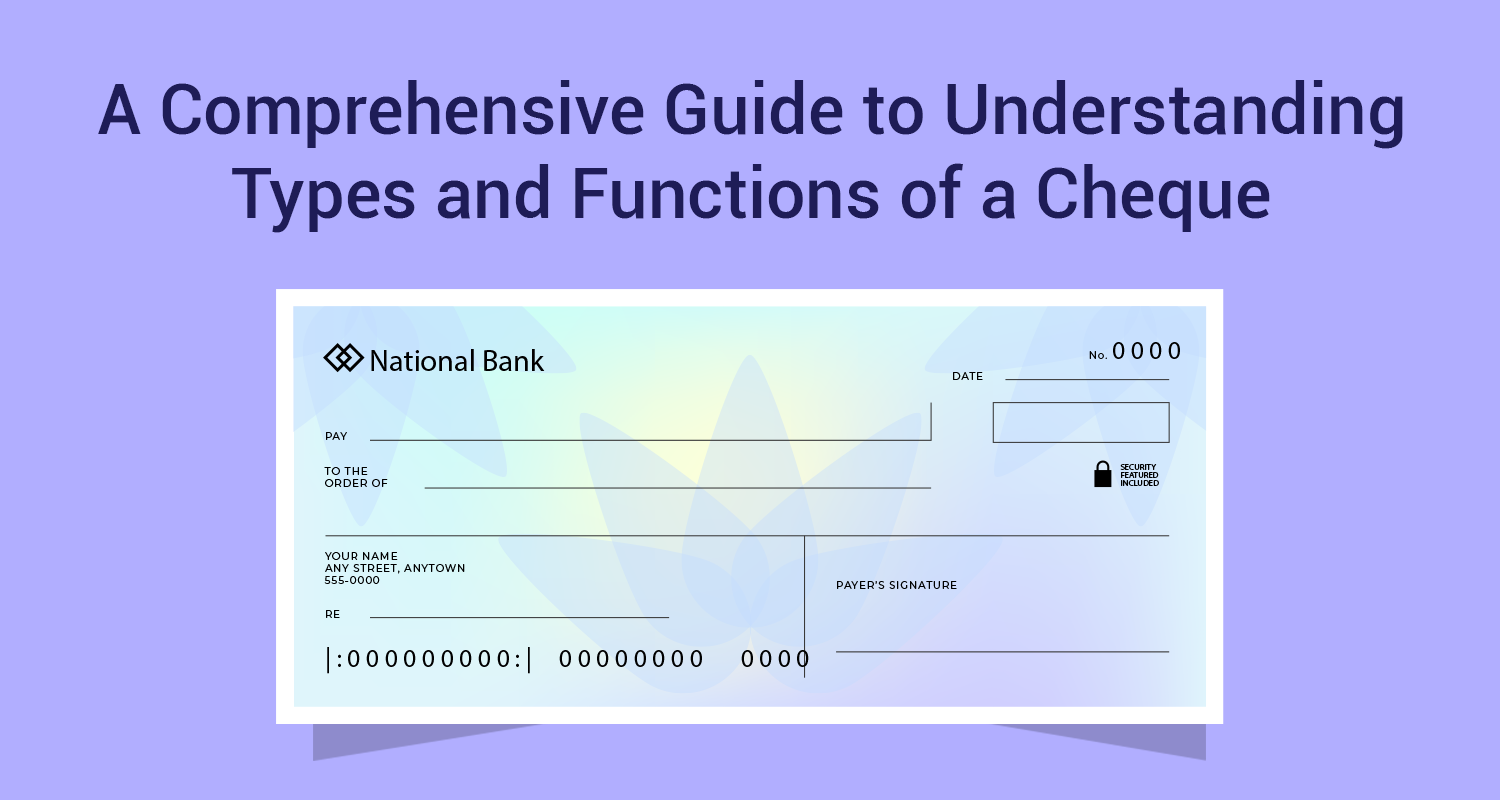I am 27 years old earning Rs.50,000 per month. I save Rs.25,000 per month. Where should I invest for retirement?

Retirement planning is a serious business and you need to start as early basis. The earlier you start retirement planning, the longer you save. Thus your corpus will earn returns for a longer period and the returns on the corpus will also generate more returns. That is called the power of compounding and works best when you invest in the growth plans of equity funds. So how do you go about investing for your retirement.
How much retirement corpus do I requireThis is the most fundamental question as it determines how much corpus you need and therefore how much you need to save. In the above case, the investor is 27 years old and will be retiring in approximately 28 years from now. Now, 28 years is a fairly long time and you can really make money work in your favour. But first, how much do you require.
Let us starting by inflating your monthly expenses! Currently, he is spending Rs.25,000 a month towards regular expenses. Obviously, these expenses will not remain the same as you may have also experienced inflation over time. The CPI inflation rate in India is currently in the range of 4-5%. However, that is only the cost of living index. As your income grows, your standard of living also improves and that will mean that your costs have to be inflated at a much higher rate. If we assume that from now till retirement the overall monthly outlay will inflate by 8%. That means you are looking at a monthly expenditure of nearly Rs.2.15 lakhs at the age of 55 when you retire. But you need to sustain this income for another 25 years even assuming an average life expectancy of 80 years. Inflation will continue during that period. So, let us assume that from your retirement till the age of 80 you will require approximately Rs.3 lakhs per month to maintain your life standards. Now how to go about?
Start investing in equities early and systematicallyThe first step is to start early. At the age of 27 if you can save Rs.25,000 per month then you are truly in business. The first thing you need to do is start planning for your retirement right away. Let us assume that out of your saving of Rs.25,000, you set aside just Rs.10,000 per month for your retirement plan. The balance Rs.15,000 per month will be used for creating a long term portfolio for other purposes like buying your apartment, shifting to a higher end car, planning your child’s education, planning an Alaskan holiday etc. You may wonder that Rs.10,000 a month may be grossly insufficient, but it is actually sufficient to take care of your retirement. We will see how. The key thing to focus on is that you are invested in equities and you stay put for the long term.
Monthly SIP
Yield
Tenure of SIP
Your outlay
Final Value
Rs.10,000
14.50%
28 Years
Rs.33.60 lakhs
Rs.4.60 crore
Effectively your Rs.10,000 SIP per month will be worth Rs.4.60 crore when you retire
Monitor your retirement investments against milestonesIt is not enough to just put your money in a SIP and forget about it. You need to monitor it very closely. Each year, you need to review if your portfolio needs to be rebalanced. You also need to check once in 5 years if the compounding is on target. It is better to be aware of shortfalls rather than getting a last minute surprise. Regarding milestones you need to ensure one more thing that your liquidity is managed well before the timelines so there are no negative surprises around the milestone dates.
What to do when retirement corpus is receivedHere is the big challenge. You have retired and have received Rs.4.60 crore. If you invest the money in a liquid fund with assured dividend per month, then at 6% annual return, your monthly dividend will be around Rs.2,30,000. You will be left with just Rs.1,72,500 after the fund deducts the DDT (we have considered 25% for simplicity). That means a huge shortfall from your target of Rs.3 lakh per month. Is there a better way to do it?
You can structure the corpus as a 25 year systematic withdrawal plan (SWP) as under:
The advantage of this SIP is that you are getting Rs.3 lakh per month and you will be taxed only on the return component and not on the principal component. That is a smarter way to structure your retirement corpus payout. But the key is starting today!
Disclaimer: The information contained in this post is for general information purposes only. IIFL Finance Limited (including its associates and affiliates) ("the Company") assumes no liability or responsibility for any errors or omissions in the contents of this post and under no circumstances shall the Company be liable for any damage, loss, injury or disappointment etc. suffered by any reader. All information in this post is provided "as is", with no guarantee of completeness, accuracy, timeliness or of the results etc. obtained from the use of this information, and without warranty of any kind, express or implied, including, but not limited to warranties of performance, merchantability and fitness for a particular purpose. Given the changing nature of laws, rules and regulations, there may be delays, omissions or inaccuracies in the information contained in this post. The information on this post is provided with the understanding that the Company is not herein engaged in rendering legal, accounting, tax, or other professional advice and services. As such, it should not be used as a substitute for consultation with professional accounting, tax, legal or other competent advisers. This post may contain views and opinions which are those of the authors and do not necessarily reflect the official policy or position of any other agency or organization. This post may also contain links to external websites that are not provided or maintained by or in any way affiliated with the Company and the Company does not guarantee the accuracy, relevance, timeliness, or completeness of any information on these external websites. Any/ all (Gold/ Personal/ Business) loan product specifications and information that maybe stated in this post are subject to change from time to time, readers are advised to reach out to the Company for current specifications of the said (Gold/ Personal/ Business) loan.



